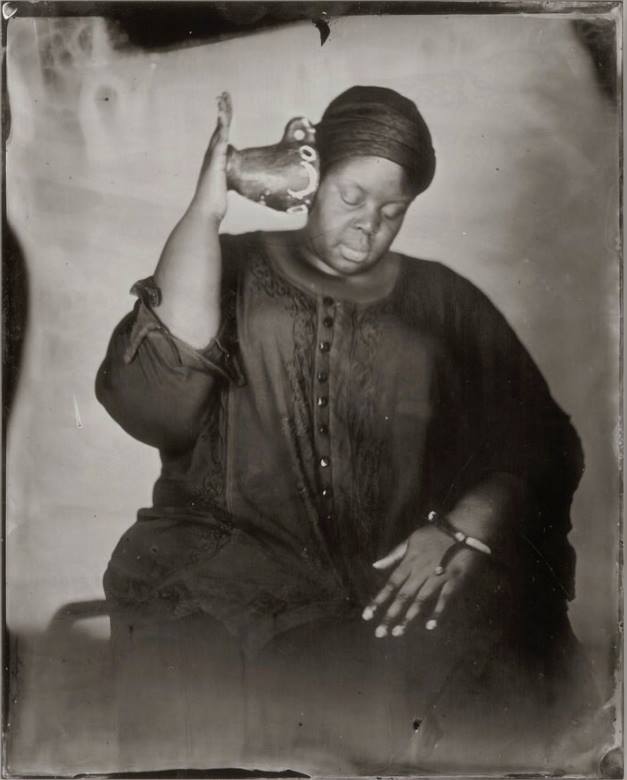Category: neoliberalism
-

For The Abolition Image #GrenfellTower #PhilandoCastile
Here we go again. A killer cop acquitted. Migrants and people of color in London dead in a completely preventable inferno. And still they come–cops kill a Black woman with mental health issues in Seattle. A “white” English man drives his van into a crowd of Ramadan worshippers. The images are terrible. Again, we must…
-
Mutant Capital: Time for {R}evolution
Ever wonder where all the scary, white clowns went? They’re in power, of course. Because racial capitalism and petrocracy, the rule of fossil fuel, have been in a deep embrace since neoliberalism began. And children of the multiplex that we are, we know what happens when you are smothered in toxic materials like crude oil.…